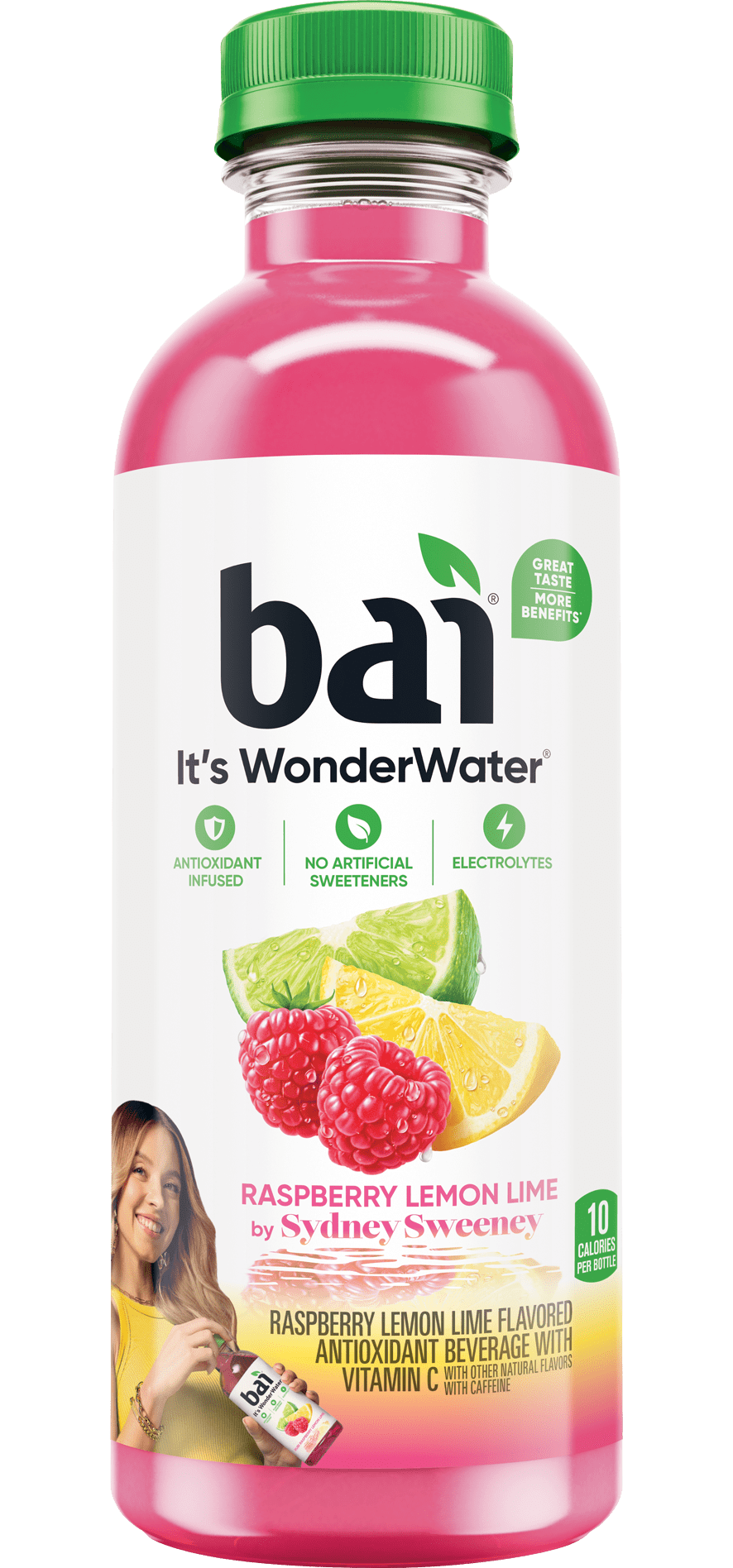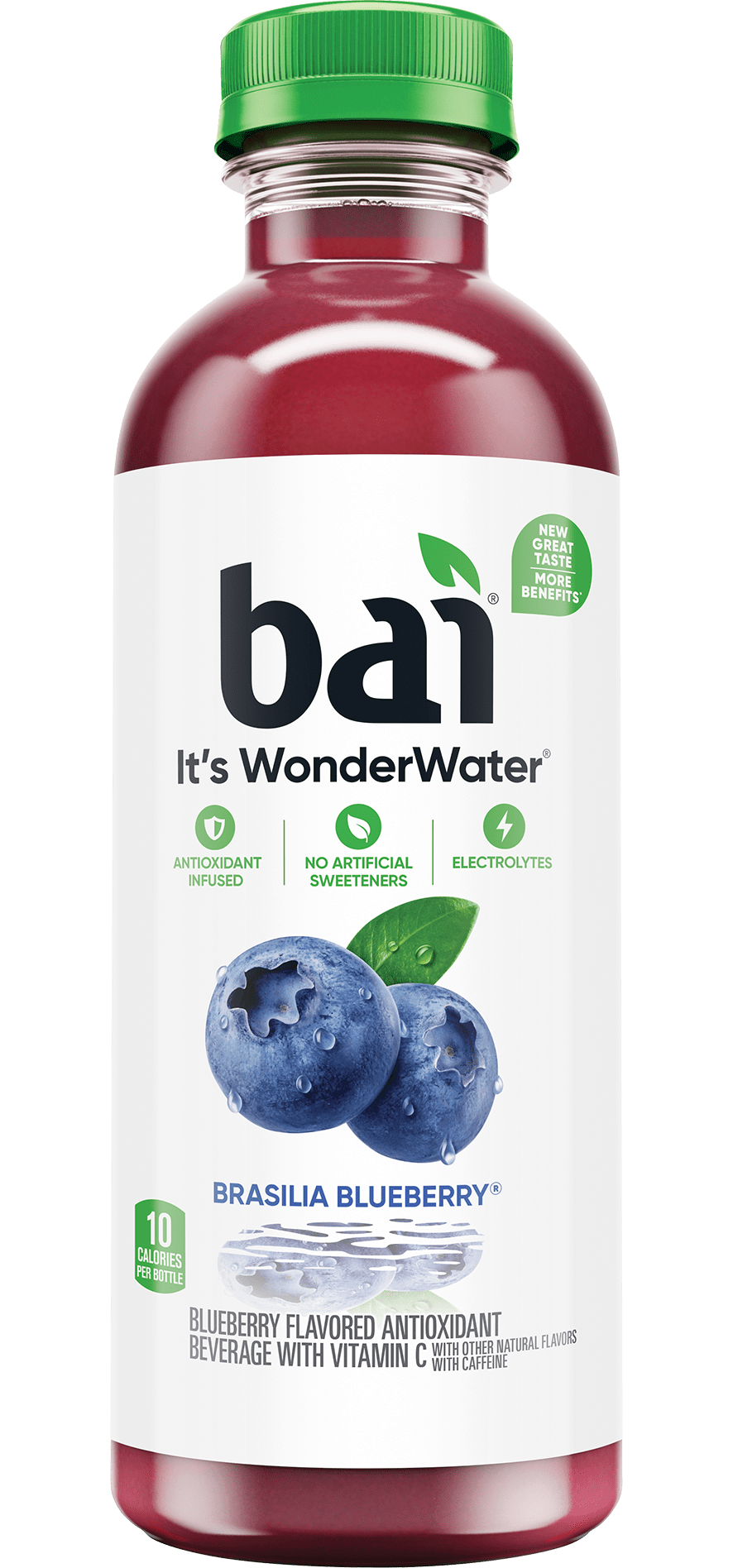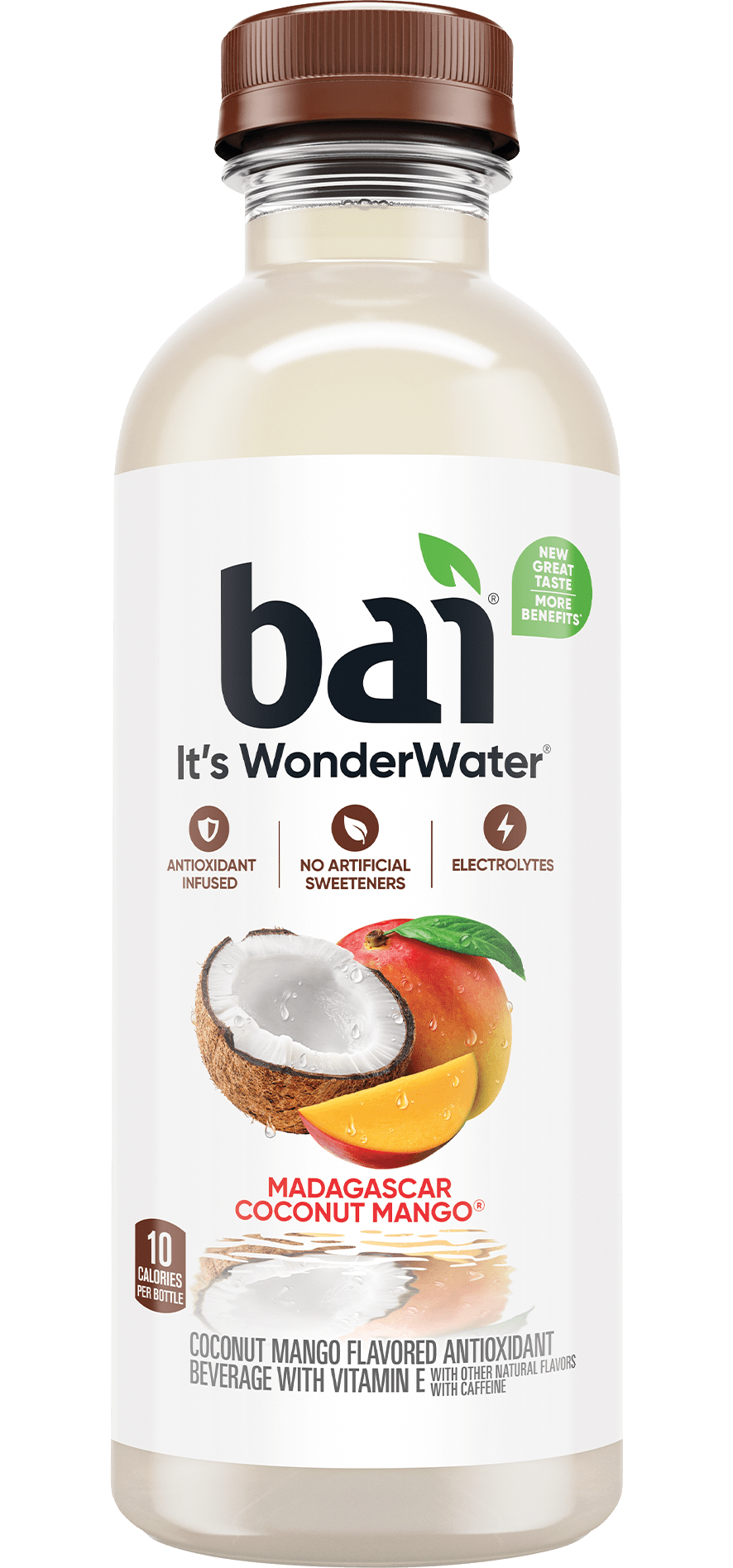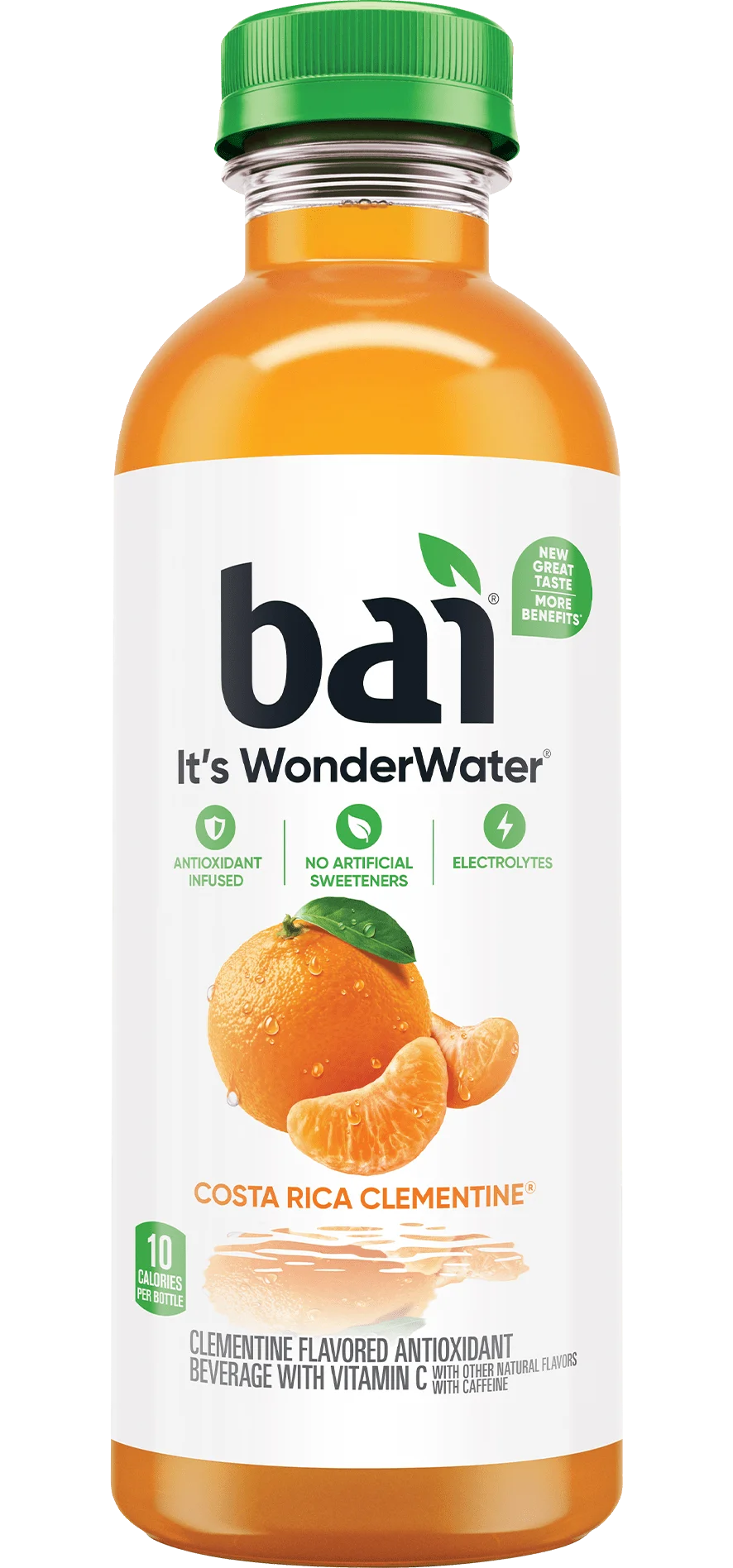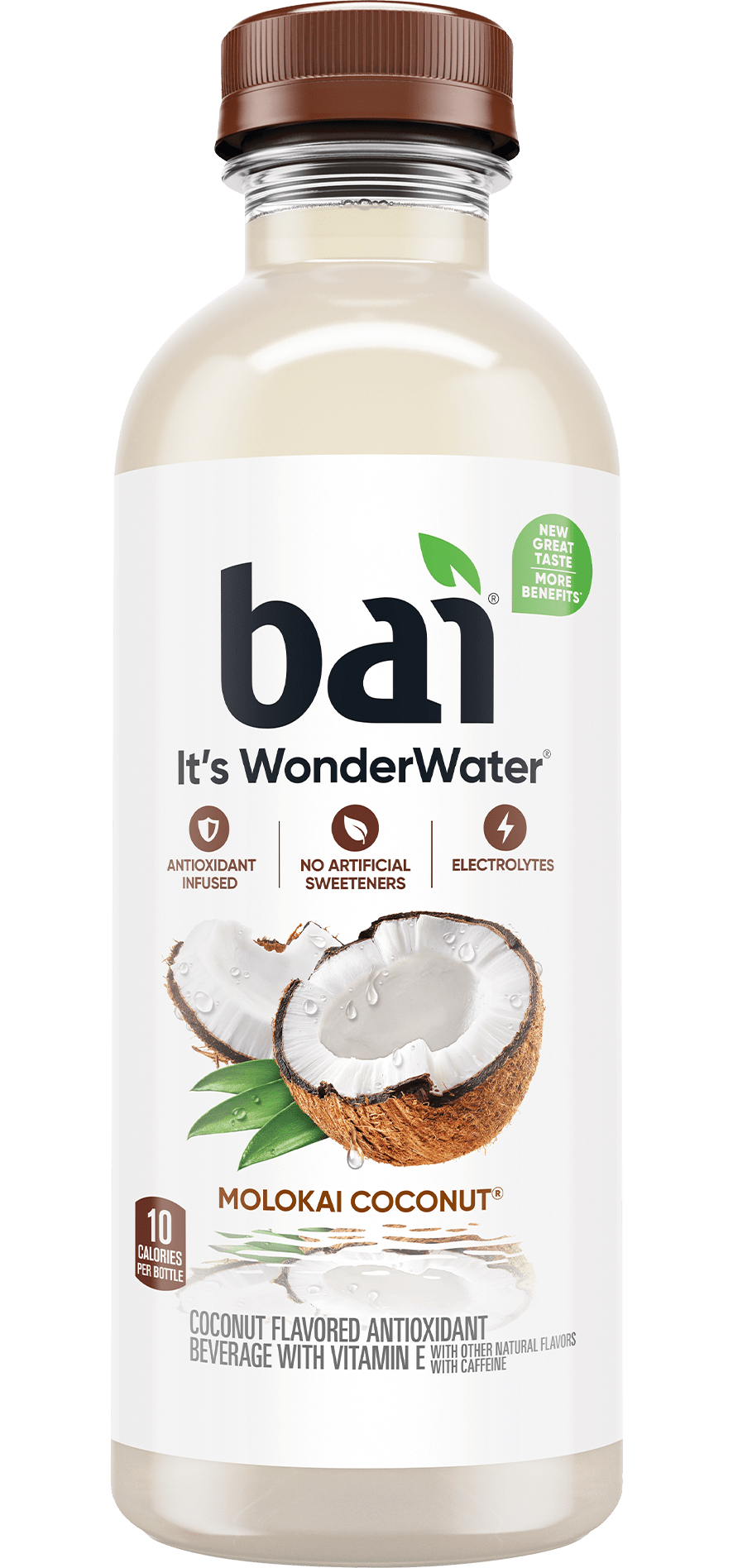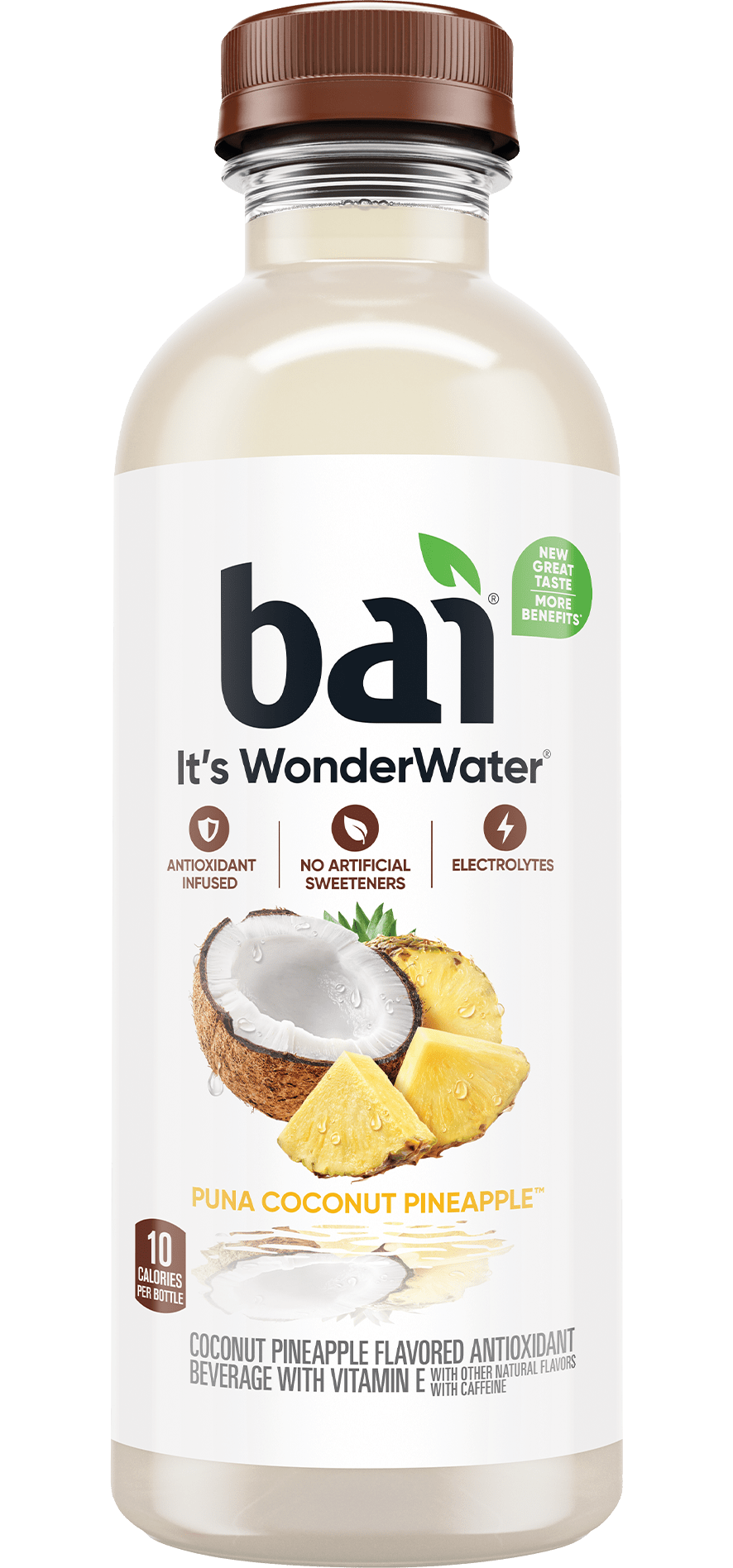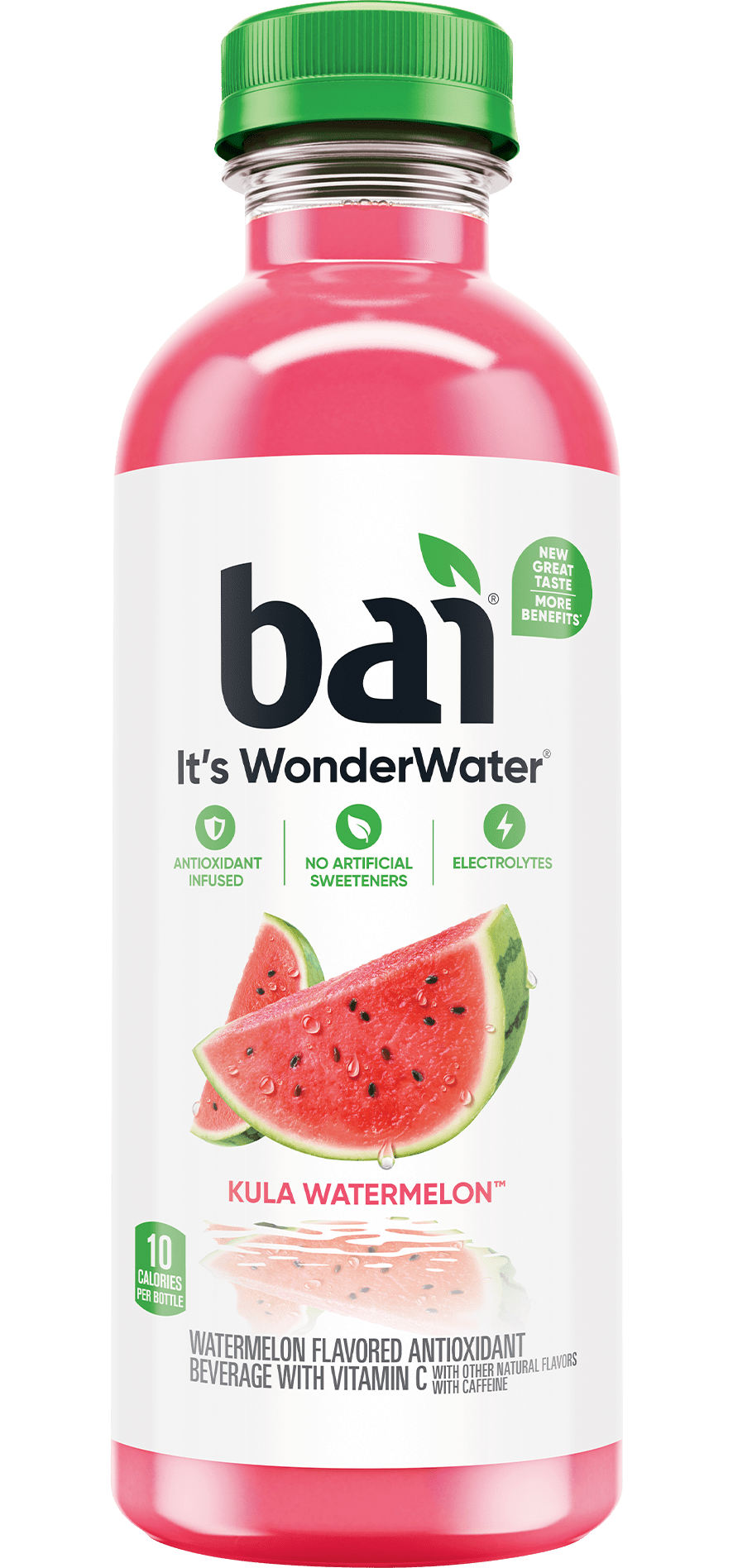Halloween might be behind us, but there’s still something creepy lurking. It’s not under your bed, it’s on the back of manufactured foods. It’s… the ingredient panel *loud shriek, boom of thunder, evil laugh*. You know the ‘only eat foods with ingredients you can pronounce’ rule of thumb. But what about the ingredients that roll of the tongue perfectly fine but still seem a little naughty? We enjoy being your health/nutritionopedia and arming you with info you can use throughout life to make decisions to improve your happiness and health. So we’re here with a wooden stake to stab a handful of these edible vampires in the heart.
PSA– all these ingredients are on the FDA’s GRAS (Generally Recognized As Safe) list. We’re sharing with you not to scare but rather inform you to help make the best decisions for your health.
Bleached Enriched Wheat Flour
If you take a nice hard look at a wheat berry (grain), you can see that there are 3 main components- the bran, the germ, and the endosperm. The bran is the tougher outer layer, due to its high amount of fiber. The germ is the actual embryo of the berry, rich in nutrients, specifically B vitamins and various minerals. The endosperm is almost entirely carbohydrates to nourish the would-be embryo germ. Whole wheat flour contains all 3 of these components, but the all-too-common white flour is refined to just contain the endosperm. So all the naturally-occurring nutrients have vanished. Then the bleaching process takes place, where chlorine– yes, the same active ingredient in household bleach- whitens and ages (makes the gluten easier to work with) the flour. The enriching process then attempts to add some (note- not all!) of the nutrients lost from the enriching process, like B-vitamins and iron.
When you eat this fiberless bread, your body is pumped with fast-absorbing, blood sugar-spiking carbs. But what compounds this effect is a byproduct of the bleaching process known as alloxan, which is actually administered to rodents in animal studies to induce diabetes due to the damage alloxan does on the pancreas. There isn’t much available research on the effects of alloxan in humans and the bleaching process is still widely accepted as safe, so do what you may with that info.
Artificial Food Colors
Artificial colors like Red #40, Yellow #5 and Blue #1 have been around for decades. And so have studies suggesting their link to side effects like hyperactivity in children. Evidence shows that artificial colors impact attention span, whether or not the affected children have any type of diagnosed attention or hyperactivity disorder. The FDA has released its own findings on the effects of AFCs on the behavior of children. They suggest AFCs do in fact cause changes in attention and behavior in some children, but concludes some children may have some sort of genetic predisposition for displaying these adverse side effects. The FDA requires that specific artificial food colors must be explicitly labeled so that the consumer can avoid certain additives if they so choose.
Some studies have also been published regarding the connection between artificial food colors and certain cancers in rats. Take these with a grain of salt. Most of these studies resulted in bladder cancer, but as we mentioned in our past post on sweeteners, the urine chemistry of rats isn’t similar enough to that of humans to compare bladders and the effects ingredients have on them.
Hydrogenated Oils
Unsaturated fat, like canola oil or peanut oil, are liquid at room temperature. But lots of processed foods require fats that are solid at room temperature to achieve a desired consistency. Considering fats that are naturally solid at room temp- saturated fats like butter, coconut oil, or lard- are on average more expensive than their liquid counterparts, big food companies have discovered a way to disguise unsats as solids through a process called hydrogenation. Often times you’ll see partially hydrogenated oils in products like ready-to-cook pastry doughs for a flaky or crumbly texture, or you’ll see fully hydrogenated oils in big-name peanut butters for a smooth consistency that doesn’t require stirring due to oil separation.
The degree of hydrogenation is extremely important regarding their effects on your health. Fully hydrogenated oils are the lesser of the two evils. They take on the facade of saturated fats, which have the potential to increase your bad cholesterol. But you probably know partially hydrogenated oils by their nickname trans fats. As you might have read in our past post on oils, trans fats have more of a detrimental effect on your heart health than saturated fats due to their abiilty to increase bad cholesterol and lower good cholesterol. Food labels now require that trans fats be labeled, so make sure you do a quick scan of the back of the crescent dough tube before purchase.
MSG
All the hottest tastebud tabloids are talking about the new taste in town: umami. Well, technically it was discovered in Japan in 1908, but you were probably only introduced to sour, sweet, salty and bitter in kindergarten. It’s been confirmed that the compound responsible for the umami flavor is glutamate (no relation to gluten), so it’s no surprise that MSG- aka Monosodium glutamate- makes you say ‘ooooh, mami’. Or at least you think it when you eat seemingly addictive, savory foods like fast food fries, take-out chinese food and processed chips, which are all laden with MSG. Of course if it’s in a mess of foods, you can probably guess that MSG has been approved for use by the FDA. There is, however, tons of controversy about the effects of MSG on your health.
There have been numerous animal studies that associate it with adverse health effects like liver disease, oxidative stress and obesity (plus its resulting side effects like a higher risk of type II diabetes and heart disease). A more recent human study has also come out, showing the association between MSG intake and a higher risk for obesity. But of course, there are also studies out there that contradict these findings. Such is science. What the FDA has confirmed is that some people are especially sensitive to MSG. So if you’re that friend that gets a gnarly stomach ache after the crew hits the drive through window, see if avoiding MSG for a while gives you any relief.
Propylene Glycol
Next time you eat a blueberry muffin or breakfast cereal with what appears to be dried blueberry bits, take a look at the ingredient panel- you’ll see this on the list fairly often. And if PG sounds familiar to you, that’s because it’s also a main ingredient of certain brands of antifreeze. Stay calm people! If you’ve heard stories of puppies losing their lives to unknowingly drinking puddles of antifreeze (the chemicals in it are sugary tasting- RIP to the pooches that fell victim to their sweet seduction) or real-life murder shows covering stories of bitter wives poisoning their husbands with it, those are due to a different common antifreeze component called ethylene glycol. Companies typically use either ethylene or propylene glycol, and the latter is significantly less potent and doggy/human friendly. And the blueberry-imitating propylene glycol in foods is much less concentrated than the one under your hood. Most commonly, adverse reactions manifest as allergy-like symptoms.
Carrageenan
Picture yourself on the beach. You start to get a little too hot, so you decide to take a dip in the big blue. All’s well and good until you realize you’re being swarmed by a slimy army of floating seaweed. Food scientists of the world would love to be in your shoes (if you choose to wear water shoes?). This naturally occurring slime can be isolated and has been approved by the FDA as a thickener in 1 of its 2 forms. It’s commonly found as a substitute in low-fat foods like ice creams, salad dressings, etc due to its fatty (aka slimy/slippery) mouthfeel, or as a binder for a range of food products from chocolate milk to deli meat.
Although this form of carrageenan is Generally Recognized as Safe, another form is widely known to cause inflammation, ulcers, or even neoplasms (the beginning stages of cancer) from extended periods of exposure. There’s been discussion for decades if food-grade carrageenan has the same potential. Some relatively short-term animal (various rodents) studies have shown its connection with higher incidence of ulcerative colitis and neoplasms, but since it’s only been used for 40 years or so, there’s still research to be done on its long-term effects. For now, the FDA is utilizing the ‘innocent until proven guilty’ approach.

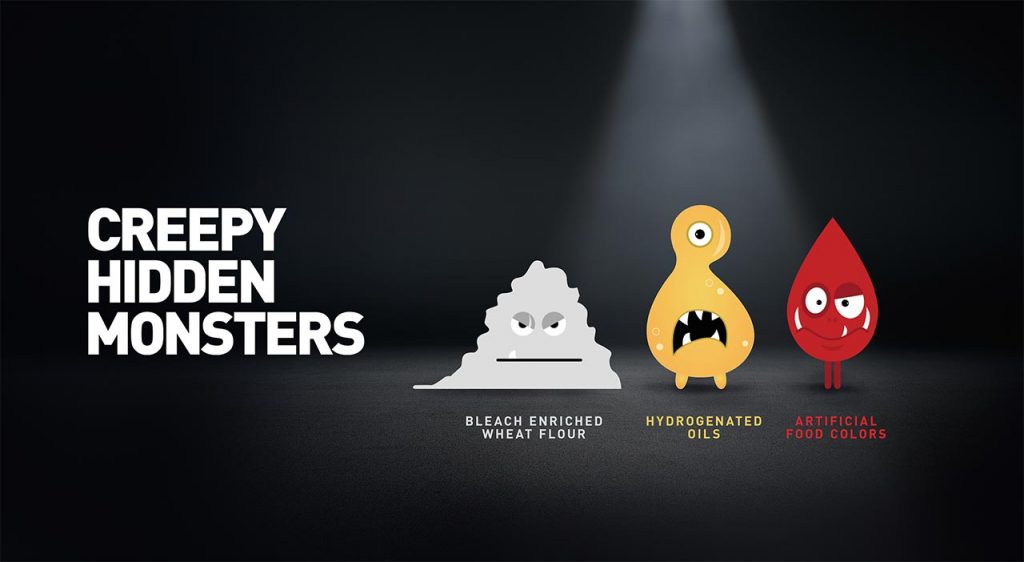
![Screen Shot 2015-11-09 at 11.00.50 AM[4]](https://www.drinkbai.com/wp-content/uploads/2015/11/Screen-Shot-2015-11-09-at-11.00.50-AM4-1024x561.png)
